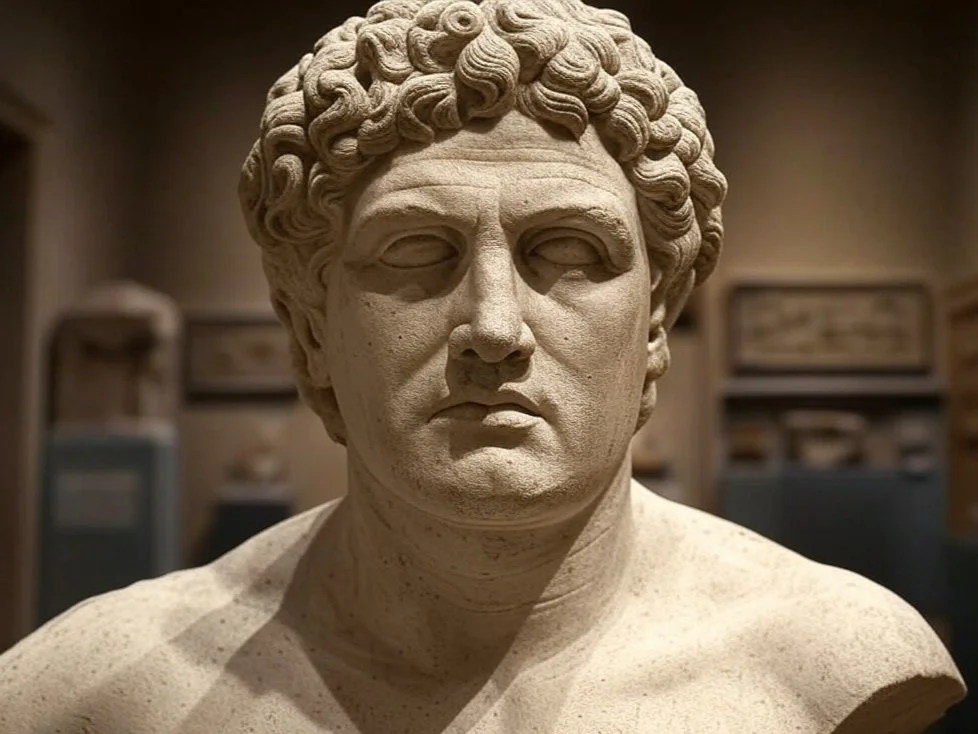The Elgin Marbles, a collection of classical Greek marble sculptures and architectural pieces, have been at the center of one of the most enduring and heated debates in the world of art and cultural heritage. Originally part of the Parthenon and other structures on the Acropolis in Athens, these masterpieces were removed in the early 19th century by Thomas Bruce, the 7th Earl of Elgin, and later acquired by the British Museum. Their presence in London has sparked a complex and ongoing controversy over ownership, cultural heritage, and the ethics of repatriation.
Historical Background
The Elgin Marbles date back to the 5th century BCE, during the height of the Athenian Empire. Created under the supervision of the renowned sculptor Phidias, the marbles adorned the Parthenon, a temple dedicated to the goddess Athena. The sculptures include metopes, friezes, and pedimental figures that depict scenes from Greek mythology, religious rituals, and historical events.
In the early 1800s, Lord Elgin, then the British ambassador to the Ottoman Empire (which controlled Greece at the time), obtained permission from the Ottoman authorities to remove the marbles. Between 1801 and 1812, the sculptures were taken down and transported to Britain. In 1816, facing financial difficulties, Elgin sold the marbles to the British government, which subsequently placed them in the British Museum, where they remain today.
Significance of the Elgin Marbles
The Elgin Marbles are considered some of the finest examples of classical Greek art. They provide invaluable insights into the artistic, cultural, and religious life of ancient Athens. The intricate carvings and dynamic compositions reflect the sophistication and creativity of Greek sculptors, making them a cornerstone of Western art history.
For Greece, the marbles are not just artistic treasures but also symbols of national identity and heritage. The Parthenon, as a UNESCO World Heritage Site, holds immense cultural and historical significance for the Greek people, and the absence of the marbles is seen as a loss of a vital part of their heritage.
The Controversy Over Repatriation
The debate over the Elgin Marbles centers on whether they should remain in the British Museum or be returned to Greece. This controversy touches on issues of cultural heritage, historical justice, and the role of museums in preserving global art.
Arguments for Repatriation
Cultural and Historical Context: Proponents of repatriation argue that the marbles are an integral part of Greece's cultural heritage and should be displayed in their original context. The Acropolis Museum in Athens, which opened in 2009, was specifically designed to house the Parthenon sculptures, offering a more historically and culturally appropriate setting.
Ethical Considerations: Critics of Lord Elgin's actions contend that the removal of the marbles was an act of cultural appropriation, facilitated by Greece's occupation by the Ottoman Empire. They argue that the marbles were taken under dubious circumstances and that their return would rectify a historical injustice.
National Pride and Identity: For many Greeks, the return of the marbles is a matter of national pride and a step toward reclaiming their cultural legacy. The marbles are seen as a symbol of Greece's rich history and contributions to Western civilization.
Arguments Against Repatriation
Legal Ownership: The British Museum maintains that the marbles were legally acquired through an agreement with the Ottoman authorities, the legitimate rulers of Greece at the time. They argue that the acquisition was conducted with the proper permissions and that the marbles have been part of the museum's collection for over two centuries.
Universal Access: Supporters of keeping the marbles in London argue that the British Museum provides a global platform for the appreciation of these artworks. They contend that the museum's collection allows millions of visitors from around the world to experience and learn from the marbles, promoting a broader understanding of human history and culture.
Preservation and Care: The British Museum also emphasizes its role in preserving and protecting the marbles. They argue that the marbles have been meticulously cared for and that their conservation ensures their survival for future generations.
The Place of the Elgin Marbles in Global Heritage
The Elgin Marbles are more than just artifacts; they are a testament to the shared heritage of humanity. Their story raises important questions about the ownership and stewardship of cultural treasures, the responsibilities of museums, and the balance between national identity and global access.
The controversy over the Elgin Marbles has sparked broader discussions about the repatriation of cultural artifacts, leading to the return of numerous items to their countries of origin in recent years. This evolving landscape reflects a growing recognition of the importance of cultural heritage and the need for ethical considerations in the stewardship of global art.
Conclusion
The Elgin Marbles remain a symbol of the complex interplay between art, history, and politics. Their controversial legacy continues to inspire debate and reflection on the responsibilities of cultural institutions and the importance of preserving and respecting the heritage of all peoples. Whether they remain in London or are returned to Athens, the Elgin Marbles will undoubtedly continue to captivate and challenge us, reminding us of the enduring power of art to connect us to our past and to each other.







